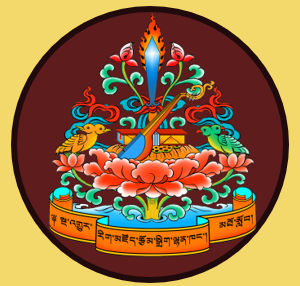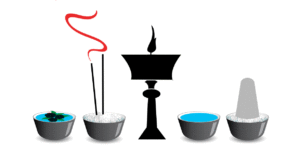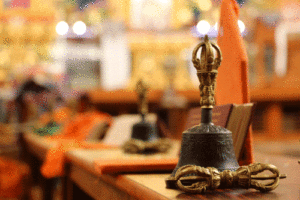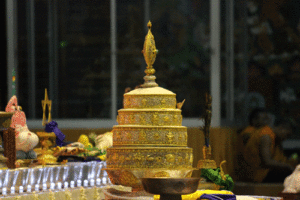The Seven Royal Treasures
As mentioned in the sutras, the ‘seven royal treasures’—precious wheel, jewel, queen, minister, elephant, horse and general—are said to be the virtuous, extraordinary symbols of those elements that feature in the reign of a ‘universal emperor’ (Skt. Chakravartin). They indicate the power to conquer all regions and signify the incomparable quality of noble beings in achieving the prosperity of all…







